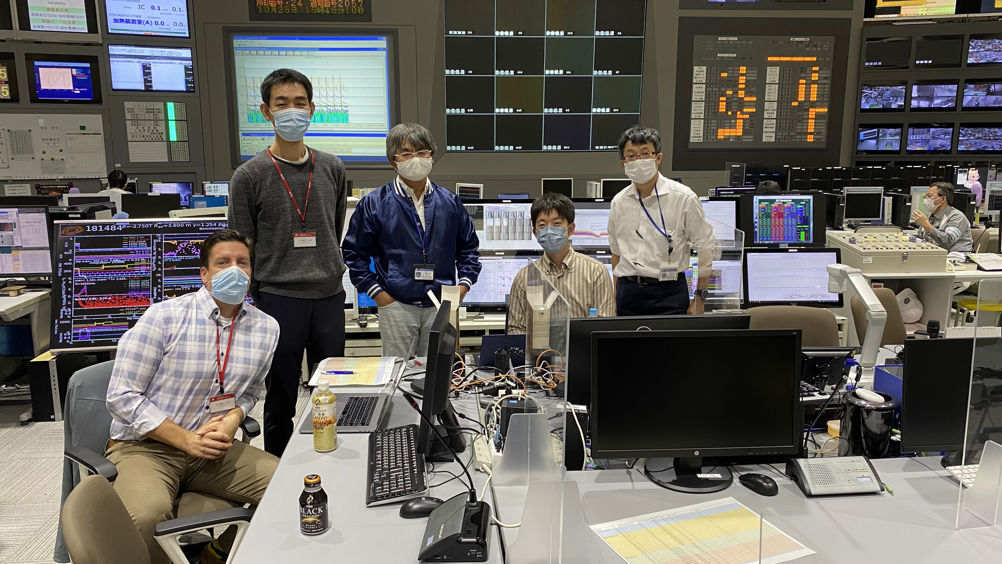Hydrogen-boron (also known as p-B11 or p11B) is viewed by some as the most desirable fusion fuel, as it produces no radioactive byproducts and is abundant enough to meet humanity’s energy needs for many thousands of years. TAE is developing a field-reversed configuration (FRC) reactor that is fuel agnostic, capable of working with both hydrogen-boron and the more commonly used deuterium-tritium. However, the California-based company is focusing its fuel research efforts around p11B, as it believes it offers the best path to commercialisation and long-term fusion sustainability.
Working alongside Japan’s National Institute for Fusion Science, TAE carried out experiments using NIFS’ Large Helical Device (LHD), the second largest superconducting stellarator in the world, after Germany’s Wendelstein 7-X. In a paper published in Nature Communications, the researchers describe how they created the necessary conditions for hydrogen-boron fusion in the LHD plasma. The work also outlines how TAE developed a sensor capable of detecting helium nuclei - also known as alpha particles - which are the only emissions from a p11B fusion reaction.
“This experiment offers us a wealth of data to work with and shows that hydrogen-boron has a place in utility-scale fusion power,” said Michl Binderbauer, CEO of TAE Technologies.
“We know we can solve the physics challenge at hand and deliver a transformational new form of carbon-free energy to the world that relies on this non-radioactive, abundant fuel.”

According to the researchers, achieving hydrogen-boron fusion is technically more difficult than with deuterium-tritium. However, solving the more difficult problem now will make building utility-scale reactors much easier, it is claimed. As the paper puts it, the p11B pathway “trades downstream engineering challenges for present day physics challenges. And the physics challenges can be overcome.”
While this reaction did not produce net energy, TAE says it demonstrates the viability of aneutronic fusion and hydrogen-boron as a fuel. The company claims its next FRC reactor, Copernicus, will be its first to demonstrate gain, and is expected to be online my mid-decade. Its successor, DaVinci, is planned to deliver power to the grid.











Comment: Hydrogen requires a long-term mindset
Hydrogen does have and will have its uses. There are always "nay sayers" but these should not be confused with those raising issues that...